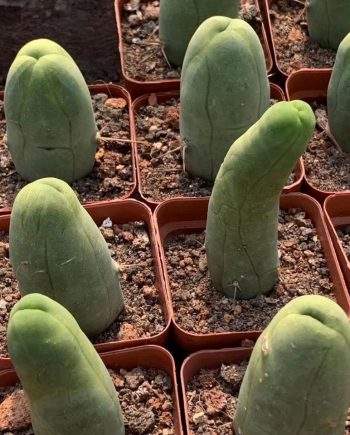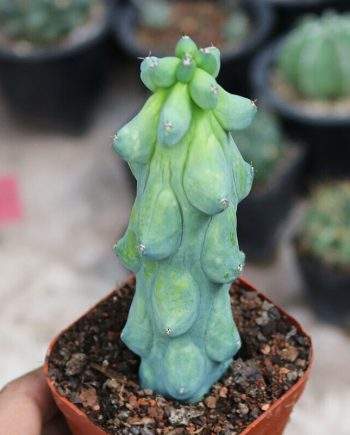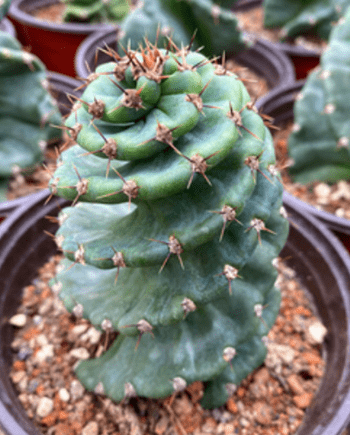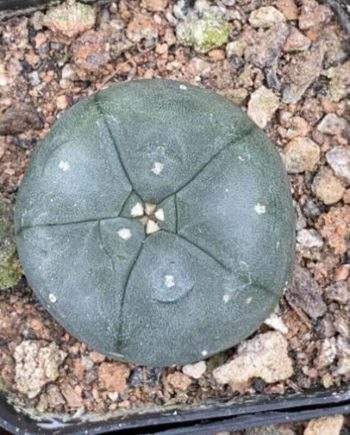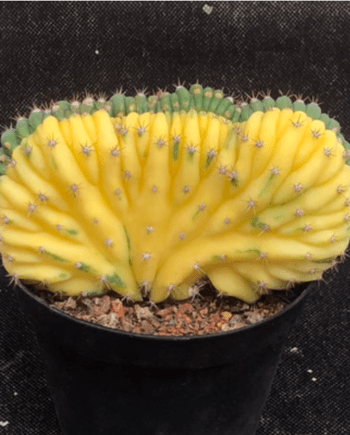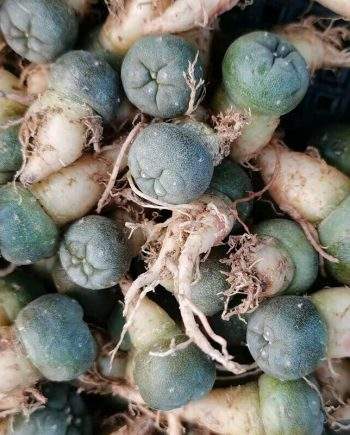The classification of cacti within the Trichocereus and Echinopsis genera has been a subject of taxonomic debate and revision over the years, and the choice between using one genus or the other can depend on the specific classification system being followed. These genera have undergone changes in classification due to advances in our understanding of the relationships between different cacti species.
The genus Echinopsis, a well-known group of cacti, has a fascinating history of botanical classification. It was officially described in 1837 by Joseph Gerhard Zuccharini, although the term “Echinopsis” was originally proposed by Karl Linney in 1737. The name “Echinopsis” has its roots in Latin, with “echinos” signifying “hedgehog” or “sea urchin” and “opsis” referring to “appearance.” This nomenclature is a nod to the cacti’s characteristic dense covering of spines, which resembles the appearance of these spiky creatures. Initially, Echinopsis was used to categorize relatively small cacti that possessed these hedgehog-like features and did not encompass columnar cacti. At that time, columnar cacti mainly belonged to the Cereus genus, a name derived from the Latin term for “wax-light” or “candle.”
On the other hand, the genus Trichocereus entered the botanical lexicon much later, with its first formal description in 1909 by Vincenzo Riccobono. However, the concept of this genus was originally proposed by Alwin Berger in 1905 as a subgenus of the Cereus genus. The name “Trichocereus” finds its origins in the Greek word “Thrix” (Trich), meaning “hair” or “hairy,” combined with “Cereus,” alluding to a “hairy candle.”

Traditionally, Trichocereus and Echinopsis were separate genera. However, some cacti previously classified as Trichocereus were reclassified into the Echinopsis genus based on botanical studies and the shared characteristics of their flowers and fruit.
A significant shift in the understanding of these cactus genera occurred in 1974 when a botanist named H. Friedrich concluded that the flowers of Trichocereus and Echinopsis were of the same type. His argument centered on the observation that the ovary and floral tube lacked spines but possessed hairs. Additionally, the flowers featured an open or diffused type of nectary and two series of stamens. As a result of Friedrich’s findings and the fact that Echinopsis was the older genus, all species within the Trichocereus genus were reclassified into Echinopsis.
In many modern taxonomic systems, including the classification used by the International Union for Conservation of Nature (IUCN), many of the columnar cacti that were once part of the Trichocereus genus are now considered part of the Echinopsis genus. These changes were influenced by botanists’ efforts to better reflect the evolutionary relationships and shared characteristics among cacti species.
The reclassification has sparked debates and disagreements within the cactus enthusiast and botanical communities. Some argue that the division of these cacti into two distinct genera better reflects their distinct growth patterns and characteristics. Others maintain that grouping them all under the Echinopsis genus creates a more expansive and less informative category that doesn’t clearly communicate the differences between cacti forms.
Some Products
-
Penis Cactus – TBM Clone B$37.00
-
Myrtillocactus Geometrizans cv. Fukurokuryuzinboku$38.00
-
Product on saleCereus forbesii cv. SpiralisOriginal price was: $45.00.$42.00Current price is: $42.00.
-
Lophophora williamsii 2cm-4cm$36.00 – $156.00
-
Trichocereus Pachanoi Monstrose Cristata Variegata (TPMCV)$62.00
-
Lophophora Williamsii (Peyote) 1cm-2cm 5pcs$53.00
Ultimately, whether one prefers to use Trichocereus or Echinopsis may depend on personal preference, specific botanical interests, or the context in which the classification is being used. In scientific and conservation contexts, the Echinopsis classification has gained wider acceptance. However, for those who appreciate the differences between the more columnar and tree-like cacti and the smaller clumping species, the distinction provided by the Trichocereus classification may be more informative.
It’s important to note that the classification of cacti, like many other plant groups, is subject to ongoing research, and taxonomic revisions can occur as our understanding of these plants continues to evolve. As such, the choice between Trichocereus and Echinopsis may continue to be a topic of discussion within the field of botany.



